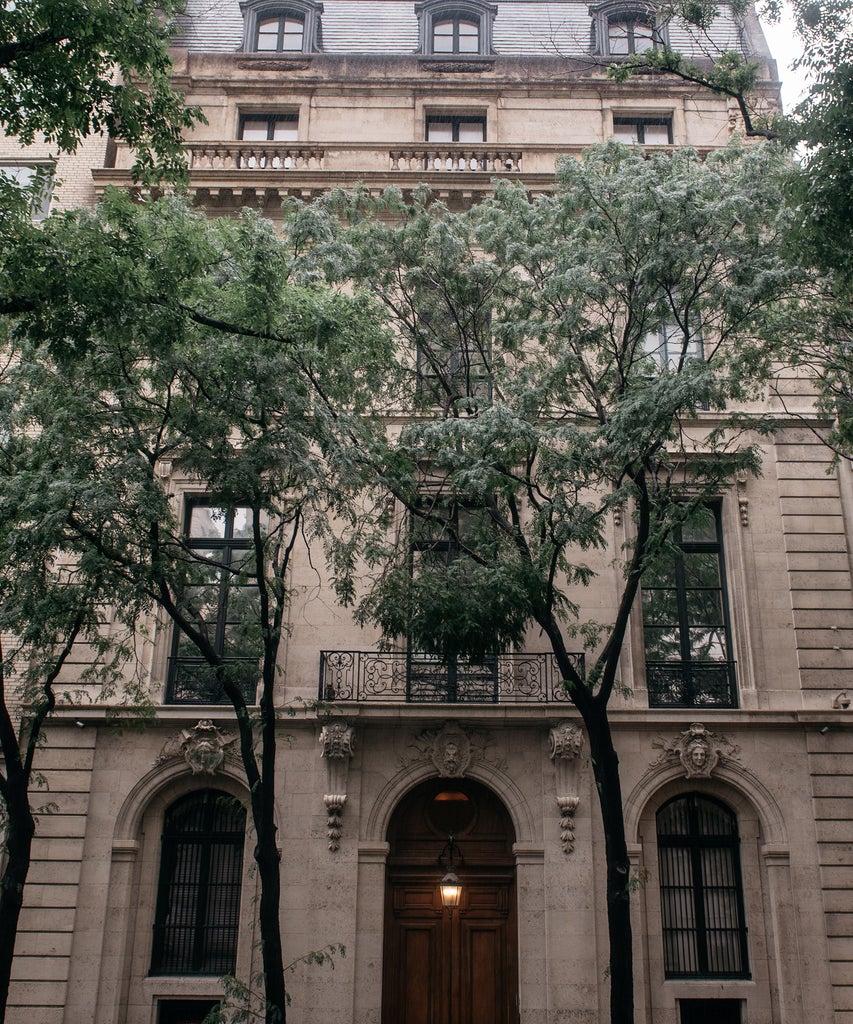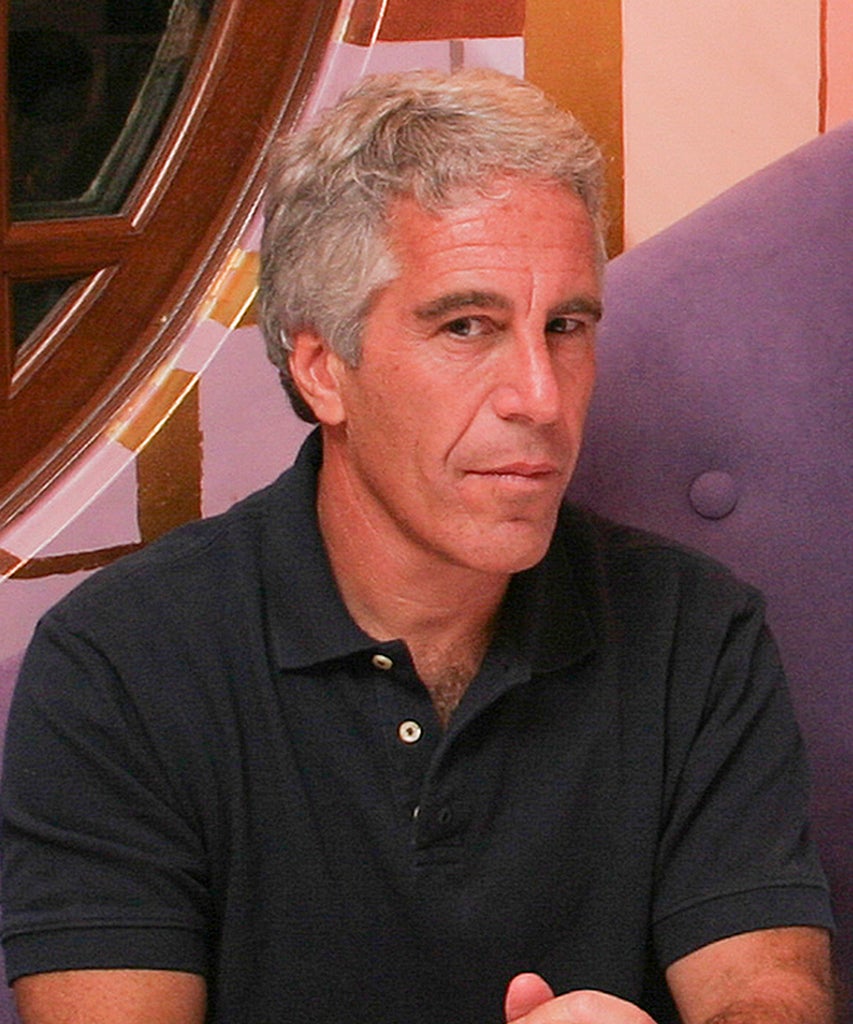

In case you were wondering what might happen to convicted sex offender Jeffrey Epstein’s home (or not) we have some answers. Epstein’s Upper East Side mansion, where he allegedly abused countless underage girls, might actually become a home for art, in an insane twist after his death. The Frick Collection, an internationally recognized art museum located across the street, is reportedly considering purchasing the sordid mansion as part of an expansion project. But, this possible solution would hopefully save everyone from wondering who would possibly want to live in Epstein’s former home.
Currently, renovation plans for the Frick include a controversial repurposing of the historic home-turned-museum’s music room in order to make more space for exhibitions and greater wheelchair accessibility. The plans have been met with multiple campaigns like Stop Irresponsible Frick Development, which seem to object to their plans entirely. Architect and preservationist Theodore Grunewald, the director of Save the Frick, believes that the music room could be maintained if the museum purchased a number of nearby houses — one of which happens to be Epstein’s townhouse. As one of New York City’s largest private homes its 21,000 square feet could certainly be put to good use. “I can’t imagine a family that would want to raise their children in that cursed mansion. It’s going to be hard to sell,” Grunewald told the New York Daily News.
Some, however, believe that it would not be enough. According to the Frick Collection’s chief operating officer Joe Shatoff, acquiring Epstein’s mansion isn’t the right move. “Our renovation and revitalization plan has been guided carefully by two key tenets — first and foremost, to preserve the unique, intimate experience of the Frick, and secondly, to ensure the long-term future of the museum and library,” Shatoff said in a statement to the New York Daily News. “A separate building across the street does not answer these needs and would not provide the critical adjacencies required to make it a functional solution.”
It would unquestionably need substantial redecorating whether it was purchased by the museum or as a private home. The mansion, valued somewhere between $55 and $77 million, reportedly remains decorated to Epstein’s design tastes which, if we’re honest, sound creepy as hell. A few key details about the interior decor: There is a giant mural of him in a prison yard; A life-sized doll hangs from a chandelier; And, a painting of Bill Clinton in a dress remains there, too.
Overlooking Epstein as the most recent owner, 9 East 71st Street has a history of being used for the good of the community. Built in 1930 by famous architect, Horace Trumbauer, the home is seven stories tall, has 40 rooms, and is located in one of Manhattan’s most expensive neighborhoods. It’s less than a block from Central Park and a short walk from other world renowned museums like the Metropolitan Museum of Art and the Guggenheim.
In 1944, it was given as a gift by the original owner’s sons to the Roman Catholic Archbishopric of New York which used it as an annex of St. Clare’s hospital for convalescing soldiers returning from World War II. It was later purchased in 1962 and used as a school up until 1989 when Epstein’s mentor, Leslie H. Wexner, bought the property for his private residence. For reasons never explained that we will likely never know, Wexner gifted the house to Epstein, transferring the title in 1996 for free.
If the Frick Collection were to purchase it for its expansion, it would give a new lease on a property that, save for Epstein’s residence the past few decades, spent the majority of its existence as a building used solely to benefit and educate the public. It seems much more fitting that it is returned to its former use than remain forever in the shadow of a man’s crimes.
Like what you see? How about some more R29 goodness, right here?
What I'll Tell My Daughter About Jeffrey Epstein
We Spoke With Jennifer Araoz's Lawyer
All The Powerful Men In Jeffrey Epstein's Orbit
from Refinery29 https://ift.tt/2Reb7qQ
via IFTTT
